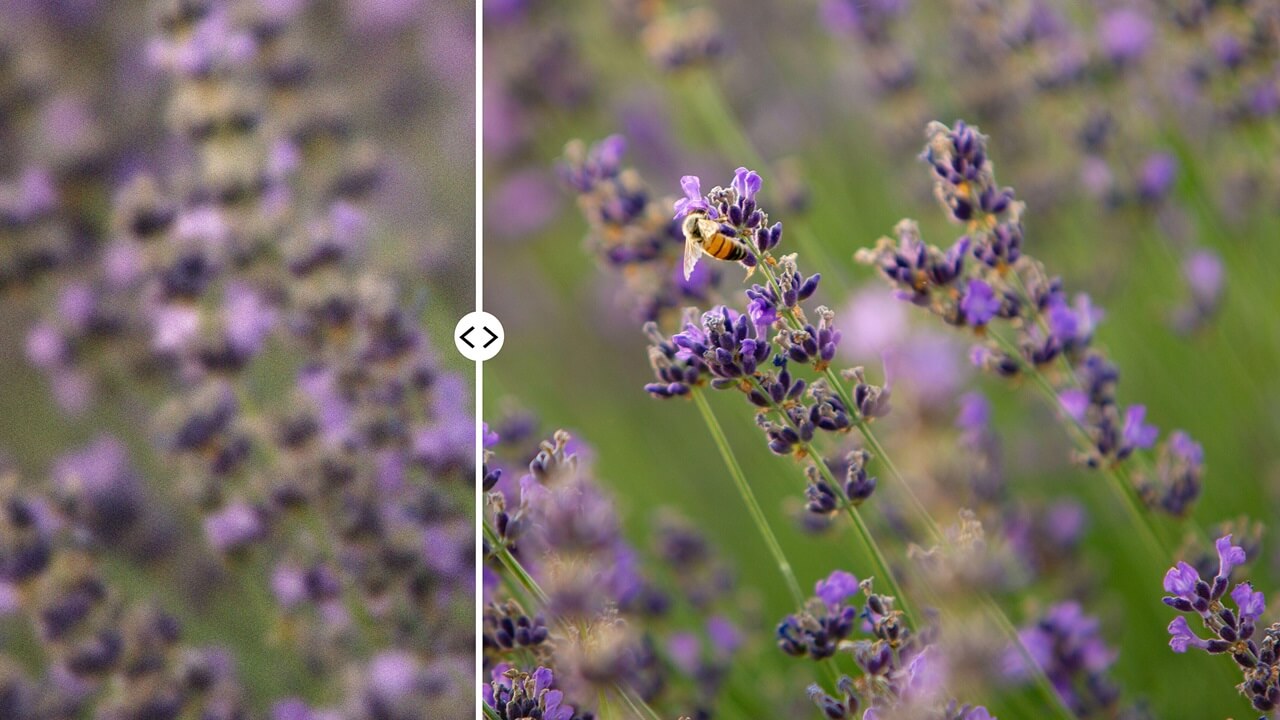
WWW.INFORMATIONWEEK.COM
How AI is Revolutionizing Photography
John Edwards, Technology Journalist & AuthorNovember 22, 20245 Min ReadAlessandro Grandini via Alamy Stock PhotoAIrevolutionizes just about everything. Photography is no exception.AI is a powerful tool, says Conor Gay, vice president of business operations at MarathonFoto, a firm specializing in marathon race photography. When used appropriately, it can enhance great photography and create incredible designs, he explains in an email interview. "When used carelessly, it can cause confusion, misinformation, or just plain ruin a photo."AI helps photographers realize a creative vision, observes John McNeil, founder and CEO of John McNeil Studio, a San Francisco-area based creative firm. "It's an incredibly powerful tool, helping even less-than-professional photographers create more professional images," he notes in an online interview. "Features such as exposure correction, auto enhance, and auto skin tone, allow just about anyone to take great pictures."Johnny Wolf, founder and lead photographer at Johnny Wolf Studio, a New York-based corporate photography studio, says that AI allows him to explore complex concepts in pre-production and create realistic mockups for client approval, all without even having to touch a camera. "It gives me the ability to quickly test and iterate on ideas without having to invest time and resources," he explains via email. "This results in a more focused discovery phase with clients and leads to fewer revisions during the editing process."Related:Efficiency and QualityAI tools enable greater efficiency and higher quality when capturing images, automatically detecting subjects, optimizing an image at the moment it's taken, says Chris Zacharias, founder and CEO of visual image studio Imgix. AI tools can identify subjects and objects within an image to allow greater precision in editing," he notes in an email interview. "We can remove unwanted elements or introduce new ones into a photograph in pursuit of a creative vision."Wolf says that AI's greatest impact has been automating the mundane. "Basic tasks, like whitening a subject's teeth, or cloning-out distracting background elements, used to involve a time-consuming masking process, which can now be done with one click," he explains. "With AI handling the drudgery of post-production, I'm free to dedicate more time and energy into creative exploration, improving my craft and delivering a more personalized and impactful final product."AI has allowed us to identify images faster and more accurately than ever before, Gay says. "In the past two years, we've been able to get more images into runners' galleries, typically within 24 hours of their finish," he notes. "AI has also allowed us to capture more unique shots and angles."Related:Gay adds that AI can also capture relevant photo data that can be used by race partners and sponsors. "We're now able to identify sponsor-branding that appears in our photos, and even capture data around apparel and footwear." The technology is also used to enhance images. "We see different weather and lighting conditions throughout the day," he notes. "AI allows us to enhance these images to their highest quality."AI's power, control, flexibility, and possibilities are absolutely incredible, McNeil states. "Photoshop was a game changer 30 years ago, and in less than three years, AI makes things like histograms and layers seem positively quaint."The DownsideAI's ethical implications are significant, and will require discussion, consideration, and action by a wide range of stakeholders and organizations, Zacharias says. "There's much to consider, and the impacts are already being felt."Maintaining authenticity is a top concern, Gay says. "Especially in our industry, runners work tirelessly to complete their races," he notes. "The idea of someone being able to create a fake finish line moment with AI discredits the hard work each athlete puts into their race." Gay says his goal is to document runners' journeys on race day and to be as accurate as possible.Related:McNeil worries that there may now be too much reliance on AI. "The term 'well fix it in post' used to be a lazy joke people would make on set," he says. "Today, it's literally the process." Yet such an attitude can lead to images that are poorly crafted, uninventive, and looking like they were generated by AI. "Ultimately, as creative people and artists, we need to be more critical about the work we're putting into the world."While photo manipulation is nothing new, AI's ability to instantly generate photography that's indistinguishable from reality has led to a frightening inflection point, Wolf warns. "Anyone with an agenda and a web browser can now create and disseminate AI-generated propaganda as a real-time response to events," he explains. "If society can no longer trust photos as evidence of truth, we'll retreat further into our echo chambers and consume content that has been generated to reinforce our views."Looking ForwardArtists have always adapted and leveraged new tools and technologies to create novel forms of self-expression, Zacharias says. "The coming years will see a lot of discussion about what is real or authentic," he notes. "At the end of the day, AI is and will continue to be a tool, and it is we humans who will define what the soul of the medium is."About the AuthorJohn EdwardsTechnology Journalist & AuthorJohn Edwards is a veteran business technology journalist. His work has appeared in The New York Times, The Washington Post, and numerous business and technology publications, including Computerworld, CFO Magazine, IBM Data Management Magazine, RFID Journal, and Electronic Design. He has also written columns for The Economist's Business Intelligence Unit and PricewaterhouseCoopers' Communications Direct. John has authored several books on business technology topics. His work began appearing online as early as 1983. Throughout the 1980s and 90s, he wrote daily news and feature articles for both the CompuServe and Prodigy online services. His "Behind the Screens" commentaries made him the world's first known professional blogger.See more from John EdwardsNever Miss a Beat: Get a snapshot of the issues affecting the IT industry straight to your inbox.SIGN-UPYou May Also LikeReportsMore Reports
0 Commentaires
0 Parts
24 Vue


